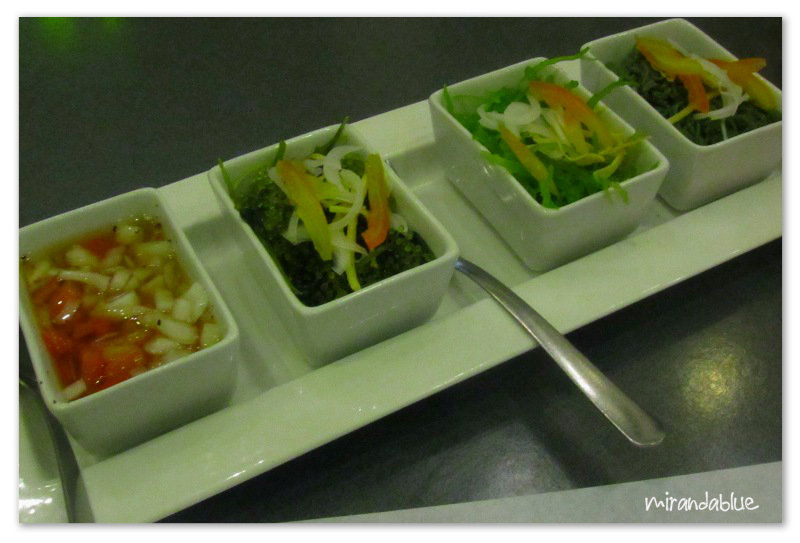
This seaweed may be consumed either by itself or in ‘seaweed salads’ or in soups and stews. However, as with many varieties of seaweed, China, Japan, and Korea are some of the biggest producers. Species of Gracilaria are red algae sea vegetables, and they are more commonly known as ogonori or ‘ogo’ for short.
#Guso seaweed in english how to
There is a useful guide on how to make it here.Īn important point to note about kombu is that it offers extremely high levels of iodine, which can be positive and negative. Known as ‘kombu dashi’ in Japanese, we can use this flavor-enhancing stock as a base ingredient for various soups and stews. It is also possible to make a stock using kombu. However, it works well for seasoning purposes and its flavors work well in soups and stews. Kombu has a tough texture, it is thick, and it takes a long time to soften when boiling it in water. We can find kombu in oceans around the world, but it is most extensively cultivated in China, Japan, and Korea ( 18). Kombu is a form of large brown algae, a group commonly known as kelp. Irish moss is also used to produce significant amounts of carrageenan, a thickener used within the food industry ( 17). Like many other seaweeds, Irish moss tends to be used in soups and stews rather than eaten fresh. This sea vegetable has a reddish-purple color, and it is a rich source of fiber, protein, vitamins, minerals, and polyphenols ( 15).ĭespite the name, Irish moss grows from the United States to Southern Europe, and as far East as Japan ( 16).

These agencies include the United Kingdom’s Food Standards Agency (FSA) ( 14). These concerns revolve around the high levels of inorganic arsenic, which is a human carcinogen, that hijiki can contain ( 12, 13).ĭue to these concerns and animal studies showing that arsenic accumulates in rats fed hijiki, several governmental agencies have advised their citizens to avoid the consumption of hijiki. That said, there have been some concerns over hijiki consumption in recent years. When it is time to cook hijiki, the dried seaweed should be soaked in water and then cooked as part of a dish (or to be eaten alone).Īs with most seaweed, hijiki is an excellent source of fiber, vitamins, and minerals. Hijiki is a traditional sea vegetable that has been consumed in East Asia for centuries, and it is a form of brown algae.Īfter being harvested, hijiki is usually boiled and then dried, after which it develops a dark color. Uses: Vegetable (eaten alone), used in mixed dishes.

Area of cultivation: China, Japan, Korea.They also contain some unique polyphenols and other phytonutrients that may have potential benefits ( 3, 4, 5). However, due to the growing popularity of Japanese cuisine, these vegetables from the sea are becoming increasingly popular.Īll forms of seaweed tend to be extremely nutrient-dense, which means that they offer a broad range of vitamins and minerals for very few calories. According to the Food and Agriculture Organization (FAO) of the United Nations, the biggest consumers of sea vegetables are China, Japan, and South Korea ( 2). Sea vegetables are consumed around the world, but they are particularly popular in Asia.


Generally, seaweed refers to three main types of algae, as listed below ( 1): Sea vegetables are otherwise known as edible seaweed that come from the sea. Frequently Asked Questions About Sea Vegetables.The timestamp is only as accurate as the clock in the camera, and it may be completely wrong. If the file has been modified from its original state, some details such as the timestamp may not fully reflect those of the original file.
#Guso seaweed in english software
This file contains additional information such as Exif metadata which may have been added by the digital camera, scanner, or software program used to create or digitize it.


 0 kommentar(er)
0 kommentar(er)
